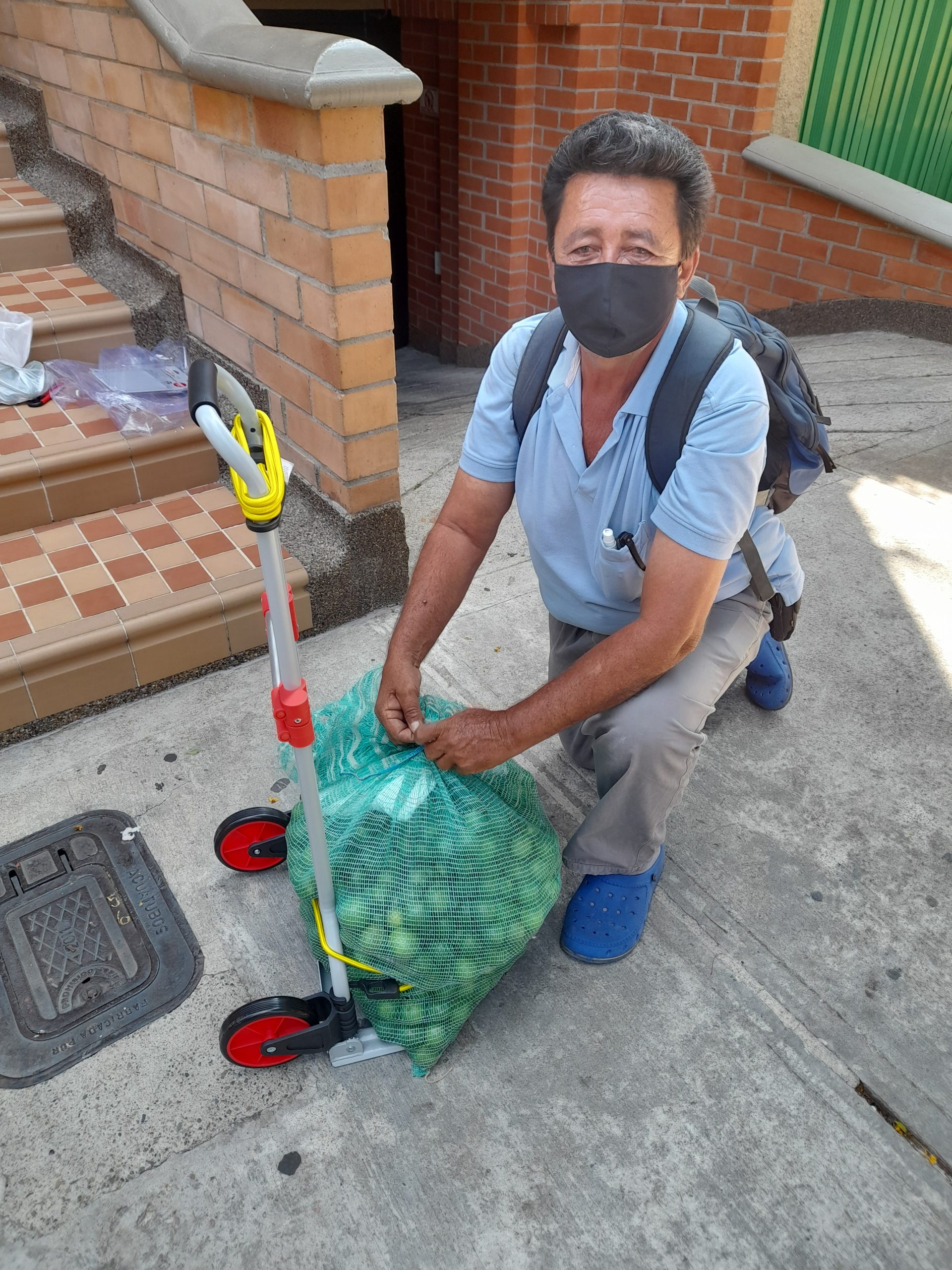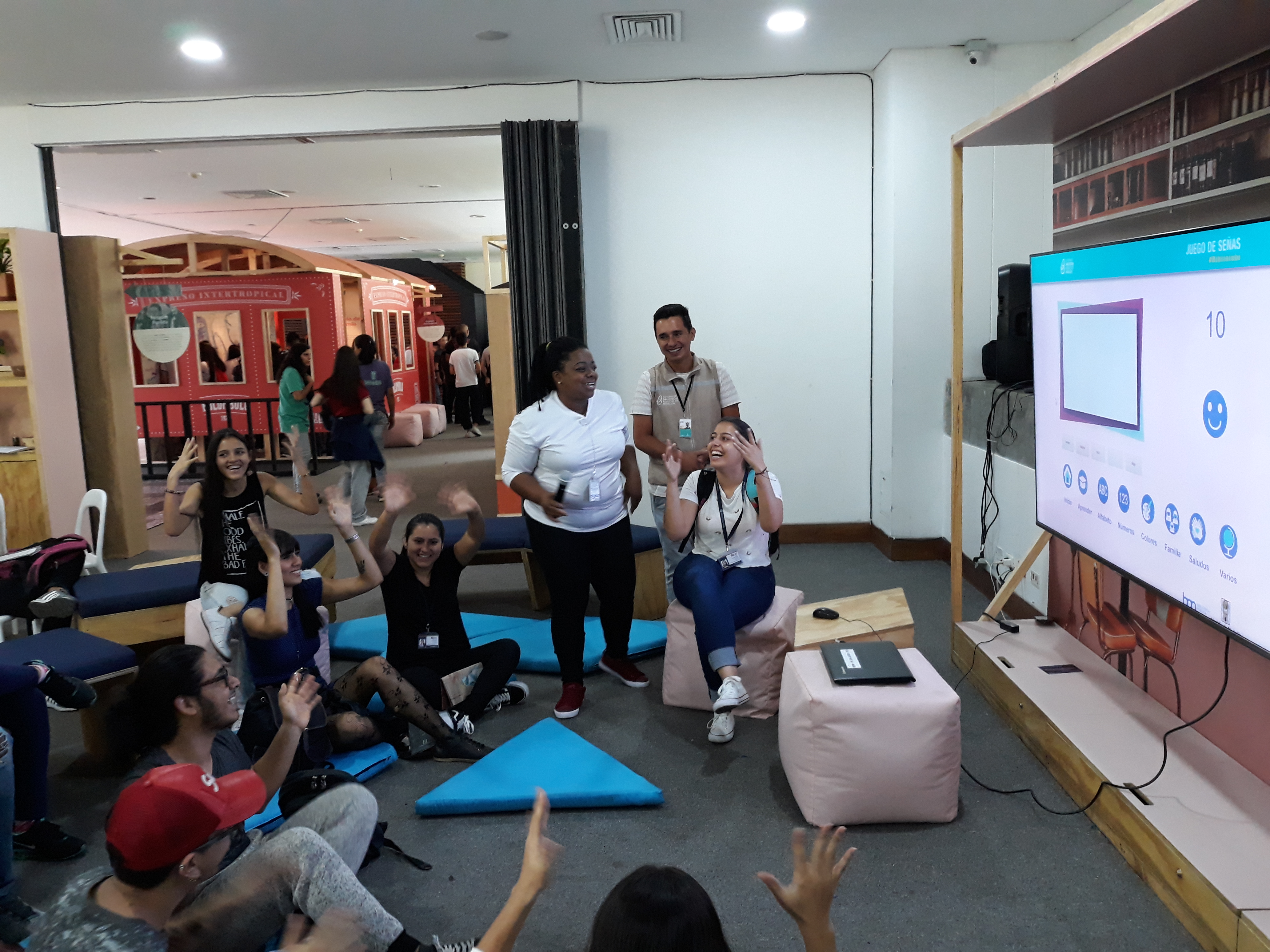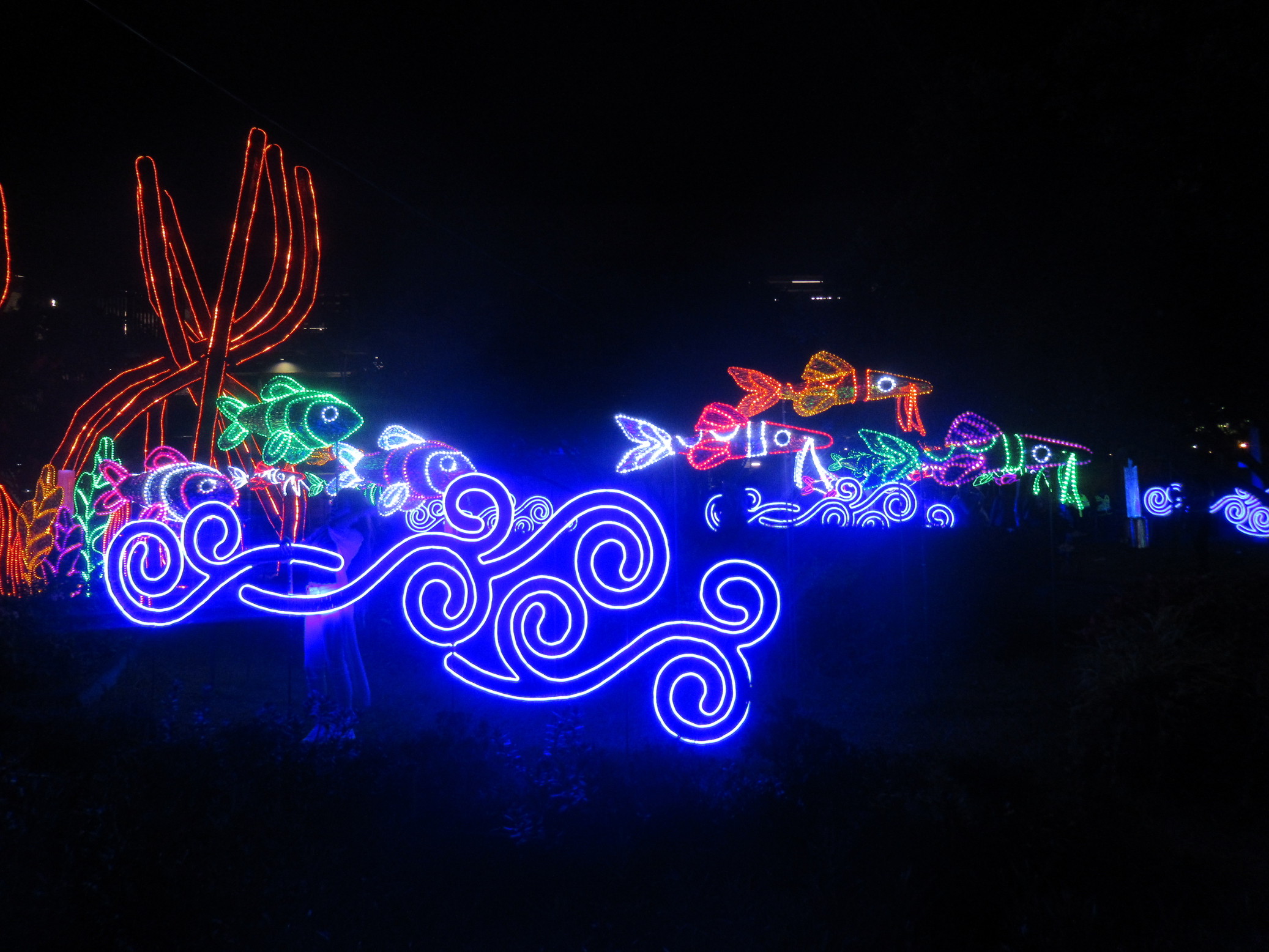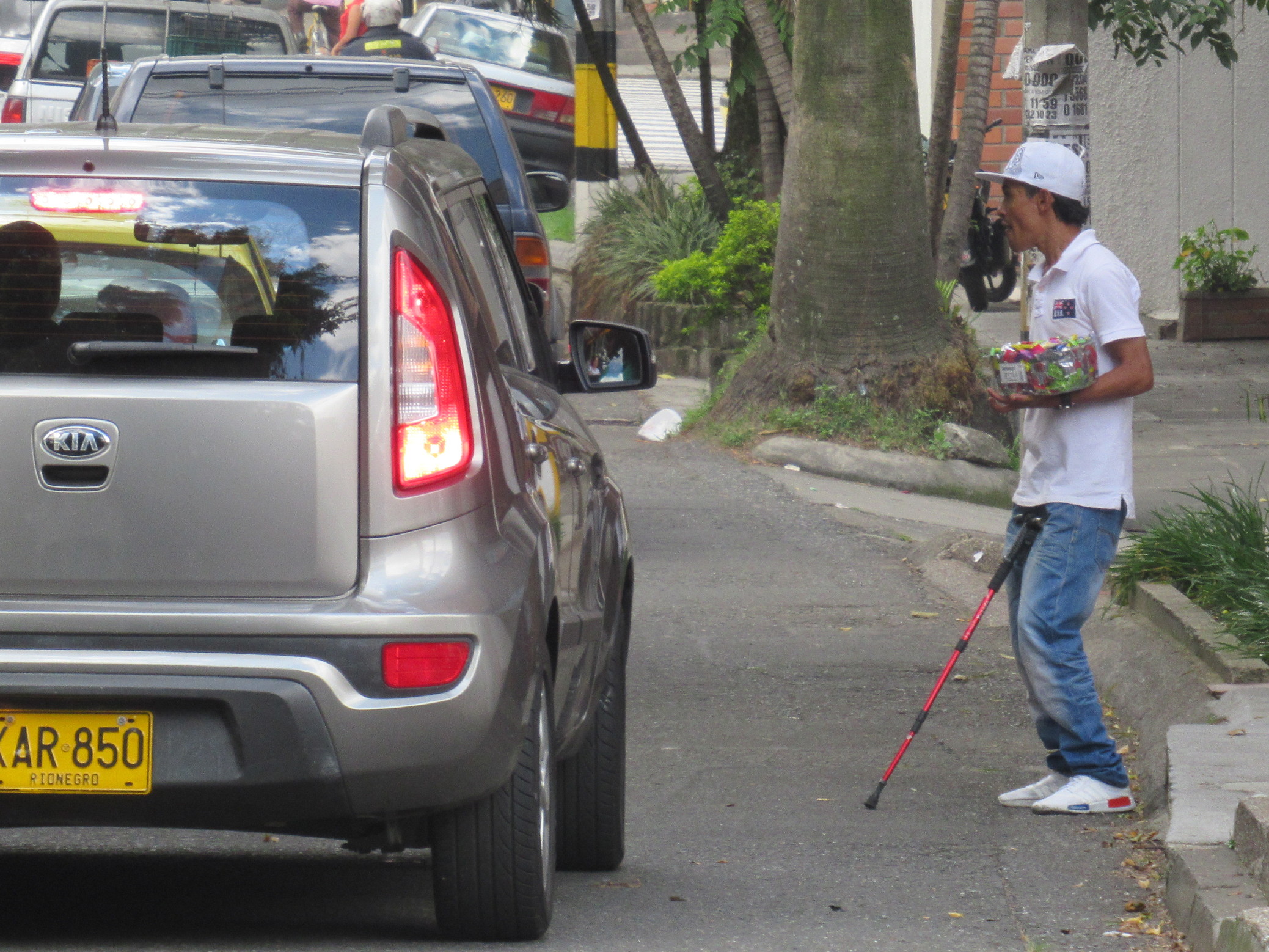I learnt many years ago that there’s no point in imposing my idea of help on people from another culture. This TED talk explains why far more effectively than any of my personal examples. It’s why I choose to find local organisations like Help Colombia rather than doing something on my own. Sandra, who has… Continue reading Unshouldering a Load
Category: Americas
Game of Signs
Medellin recently ran its annual Book Festival, and this year Bibliolabs had a bigger space with multiple events. One of the group set up a drum machine using Arduino to sense taps on boxes and send the signals to a midi player on his computer. Others created instructional videos for various technology projects. The main… Continue reading Game of Signs
Pereira
I try to avoid first impressions when I visit a new place, but I arrived in Pereira exhausted from a 2 days of speaking Spanish almost exclusively on topics I haven’t got the vocabulary for, and I wildly misjudged the city. I’d chosen to stay in Dosquebradas because as a secondary city in a single… Continue reading Pereira
Pico y Placa
Medellín prides itself on being a forward-thinking city. It pulled itself up from being the most dangerous city in the world to its current state of relative peace and safety by embracing the newest and poorest citizens living on the periphery. It fosters innovation of all kinds, as exemplified by the Experimental Technologies group I… Continue reading Pico y Placa









